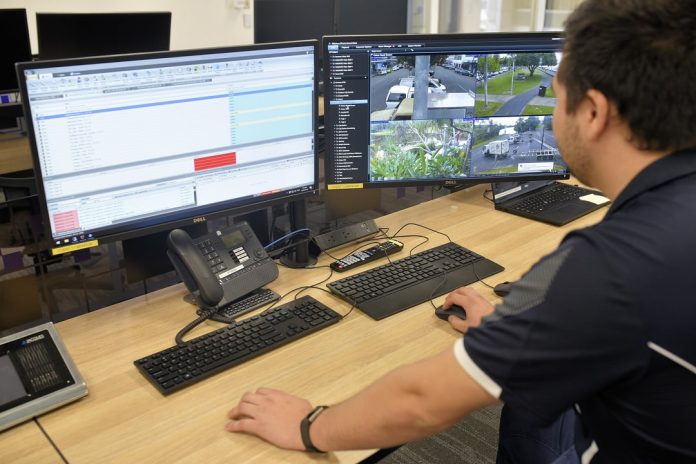Video management solutions can be complex, making life tough for integrators and installers struggling to balance performance and ease of use for clients seeking the closest thing to situational awareness.
FOR installers and integrators choosing VMS solutions, there’s so much available at the moment, it’s very difficult to know which is the best option. It’s not only that large NVRs have clever management solutions – there are interesting new products like Bosch’s Remote Portal, which take advantage of TCP/IP to deliver technicians and end users an holistic view of an enterprise application with none of the usual infrastructure.
What’s best for your customer depends on many aspects of the application but what’s best for the integrator is another thing entirely.
According to Tony Luce of Network Optix there are a number of key features a quality VMS must offer integration teams.
“Integrators make money by saving time while building systems that are uniquely suited to their customers’ needs,” Luce explains. “In terms of setup, there is no other VMS out there as easy to install and configure as Nx Witness. It requires no prerequisite software, is cross-platform, and features like automatic discovery of 99 per cent of IP cameras out there and the server hive architecture – where servers merge and synchronize with the click of a button – make commissioning a system a breeze.
“In terms of support – we believe in building systems that don’t break. With built-in automatic camera failover, one-click system-wide updates, monthly patches to address known issues, and free upgrades for the lifetime of a system, we can address nearly any contingency. When a problem does arise, our Nx reseller channel and the Nx support team respond quickly to customers, often introducing a patch within 24 hours to address known issues.”
Matt Dunning of Pelco argues that what installers and integrators need most from the point of view of setup, commissioning, and support with VMS, is simplicity.
“The general theme for integrators is ease of use,” Dunning says. “This is essential when specifying the overall system, including storage capacity, network design, camera placements, determining frame rates, and more. When installing a system, the ease of discovering cameras and being able to configure them, as well as address licensing as needed, is crucial.
“In addition, the ability of an integrator to incorporate additional system components and incoming data from sensors, such as access control or intrusion/perimeter detection, is paramount. Finally, for an end user, it’s the ease of configuring events and alerts in line with an organization’s standard operating procedures, as well as working with the integrator and manufacturer to learn the system, call on support as needed, and have needs addressed in real-time.”
Milestone’s Brett Hansen says that ease of use and speed of installation and commissioning are the key characteristics integrators should be looking for.
“Ease and speed of installation is critical for the integrator, while ensuring VMS capabilities meet – and ideally surpass – their customer’s requirements,” Hansen says. “This is achieved with easy access to training, support tools and an effective level of engagement and support from VMS distribution partners. It also relies on direct support from the VMS vendor in each respective region.”
Lee Shelford argues practical tools that assist with config are the key.
“Our Genetec integrators love the configuration saving tools available to them,” says Shelford. “Our key features include the ability to add and configure thousands of cameras in seconds via a PowerShell script and the ability to bulk copy camera configuration – not only between devices on the same system but also between devices across all of their federated systems on their security network.”
Simplicity comes first for Bosch’s Allen Hepburn, too.
“From the point of view of an integrator, a VMS should be easy to set up and have guided installation to reduce the time it takes when commissioning the system,” Hepburn says. “Where tech support is required, it is imperative to have multiple forms of support available, such as detailed user manuals, how to videos and ultimately telephone or email support.”
Mark Shannon has a slightly different take – he argues that the most important quality of any VMS located at the heart of an integrated security solution is that it be fit for purpose.
“Integration – the ability to send and receive data to and from an access control system to perform a task in one system, subject what has occurred in the other – provides a key element in the holistic approach to viewing and controlling a security system for an operator,” Shannon explains.
“Access control is a main product that goes hand in hand with video, so if you are looking for a VMS, ensure it has open integration into many access control systems. For this reason, any VMS we would sell at BGWT will always integrate into the common access control systems installed in Australia.”
#securityelectronicsandnetworks.com









